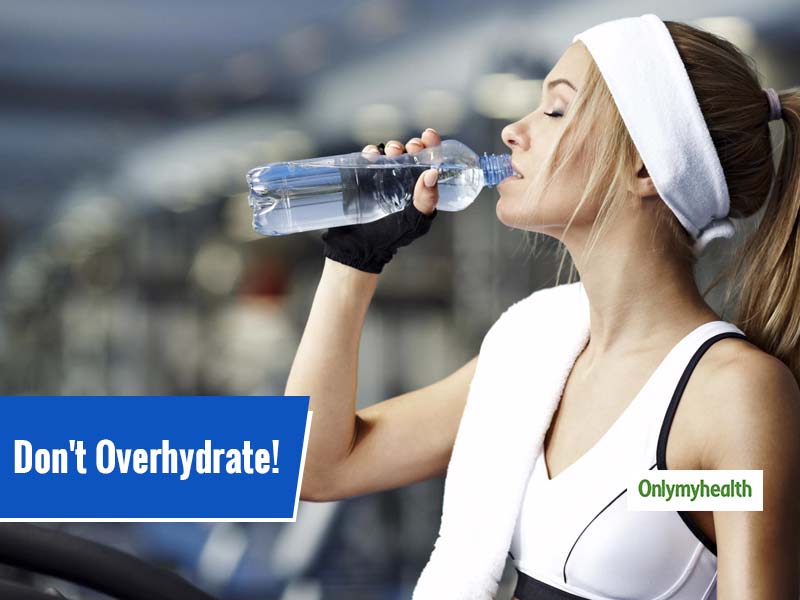
Do you know that overhydration can be deadly? For patients of hyponatremia, water is an enemy and they should only drink water when they feel thirsty. This is a bit surprising but people who have low sodium concentration in their bodies should drink only when it is necessary. Overhydration can cause severe health risks in them such as Exercise-associated hyponatremia or EAH. In a normal situation, one is advised to drink water throughout their workout sp that the body doesn’t run out of hydration but the case with hyponatremia patients is different. The ‘drink to thirst’ concept is that they should drink only to satisfy their thirst. Prolonged overhydration is a potential trigger if all kinds of exercise-associated hyponatremia in them.
Table of Content:-
What Is Hyponatremia?
Hyponatremia is a medical condition that is caused due to low sodium content in the human body. This can trigger other illnesses in the long run which can turn fatal for the patient. The main reason behind the onset of this condition is low salt intake. Salt is an important part of our diet and also, a major source of sodium. We must consume a requisite amount of salt daily to keep the sodium levels balanced. The imbalance can lead to hyponatremia situation. Sodium is an important element to control water levels in the body. Besides, Sodium plays an important role in the exchange of information from the brain to other parts of the body. Also, sodium is very helpful in maintaining muscle activity. Since it rapidly draws all substances towards it, its excess increases the amount of water in the body, which proves very harmful for health.
Overhydration and Hyponatremia
People who exercise regularly or practice endurance exercises must drink to thirst. Unnecessary or overhydration can trigger exercise-associated hyponatremia. In the research titled ‘Wilderness & Environmental Medicine’ which is featured by Elsevier, the Wilderness Medical Society has proposed some guidelines for patients of hyponatremia. These are formed after assessing the patients showing non-specific or overlapping signs such as exertional heat stroke or heat exhaustion, etc.

Also Read: The Ultimate Guide To Different Types Of Salt: Which One Do You Use?
"Even after 40 years of worldwide documentation of EAH in both front country and backcountry physical activities there is still an ongoing need for education of the public, event directors, EMS personal, and clinicians for prevention strategies and medical management caused by overhydration of fluids that can result in rare, but life-threatening medical outcomes," said the senior author of the research Brad L. Bennett.
"The typical field response for heat-related illness or when someone is dehydrated is to encourage oral hypotonic fluid intake or administer rapid isotonic IV fluids to endurance activity participants. However, such universal treatment may result in increased morbidity and mortality in the EAH patient," Bennett added.

Also Read: Amazing Tips To Purify Water At Home
Here are some highlights of the guideline:
- Prolonged overhydration, especially during a workout, is the main risk factor for EAH and it should be avoided.
- Participants should drink only as much water as it is needed to satisfy their thirst.
- They must consume salty snacks or sodium diet along with appropriate fluids.
Read More in Other Diseases
How we keep this article up to date:
We work with experts and keep a close eye on the latest in health and wellness. Whenever there is a new research or helpful information, we update our articles with accurate and useful advice.
Current Version
